Prime Rib Vs Ribeye – What’s the difference?
Edited July 7th, 2023
Prime ribeye steaks are one of the most flavorful and juicy cuts of steak. They offer a rewarding meal every time. Mr. Steak also loves and often cooks—for large gatherings of friends—prime rib roasts.
What’s the difference between a prime rib and ribeye steak? And which is better? We asked Mr. Steak to answer all of your burning questions for our Prime Rib Vs. Ribeye Steak School Special.
Is a Prime Rib the same as a Prime Ribeye Steak?
Yes and no.
Prime ribs and ribeye steaks come from the exact same primal cut of beef. A section of the cow called the “primal rib section.” It's one of the nine primal cuts of beef. The primal rib section resides on the forequarter of the cow under the front of the backbone.
The difference between a ribeye and a prime rib is in how the butcher cuts and prepares the two. When you slice a whole prime rib into individual steaks you get ribeyes steaks. So, a USDA prime ribeye is a raw, prime "rib steak."
Does that make a ribeye a just smaller version of a prime rib? Not exactly
Prime Rib – How is it cut & cooked?
The prime rib is one large section of up to seven ribs from the primal rib section. Some people also call it a standing rib roast. You slowly roast it whole in the oven. After roasting, you cut individual slices and serve.
Because prime ribs are so large, you usually cook them for a large group. That means you'd like a range of doneness to make people of all tastes happy. Mr. Steak recommends taking the roast out of the oven when it reached 120°F.
Wrap it loosely in tin foil and let it sit on the counter for about 20 minutes. The juices will flow back toward the center. The edges of the rib roast will be more well done. The center will be medium rare.
We invite you to try Mr. Steak’s classic Prime Rib recipe!
Ribeye – How is it cut & cooked?
A ribeye steak is a cut of meat from the same primal rib section as the prime rib. The butcher cuts it into individual slices and trims it before cooking.
butcher cuts it into individual slices and trims it before cooking.
One primal rib roast can create seven ribeye steaks! Unlike a prime rib, you do not roast a ribeye steak slowly in the oven. The best way to cook a ribeye steak is to grill it on high heat, preferably medium-rare, 130°-140°F.
Your preferences may vary. Use a meat thermometer to gauge the internal temperature.
Our Mr. Steak ribeye steaks are USDA Prime and come in all shapes and sizes. From 12oz and 16 Boneless Ribeyes, to 20oz bone-in ribeyes, to our epic 32oz cowboy ribeye. Mr. Steak’s ribeye feature widely in our curated steak boxes. Try our Family Favorites and Grill Master’s Boxes.
How are prime ribs and ribeyes graded?
It is important to understand that a “prime rib” does not necessarily mean that the meat is USDA graded prime beef. The name refers to the cut, not the grade. It may be USDA graded prime, choice or select.
Ribeye steaks are more straightforward. A prime ribeye steak is USDA graded prime. A choice ribeye steak is USDA graded choice.
USDA Prime grading consists of the top 2% of beef in America. It features considerable marbling that results in the succulent flavoring and tenderness. The extra fat in the Prime grading makes all the difference in tenderness and juiciness. You just can't find that in USDA Choice or Select steaks.
Mr. Steak explains difference between prime and choice.
Prime Rib Vs. Ribeye – What About Flavor?
Prime ribs and ribeye steaks come from the same primal cut of beef. The difference in their flavors comes from the way one cooks them. Prime ribs slowly roast under low heat. This makes them more tender.
Ribeyes grill quickly over high heat, making them more charred. The bone-in ribeye and prime rib both offer extra flavor to the meat closest to the rib bone.
Ribeye Vs Prime Rib – What Else Do I need to know?
The "rib eye" term is a result of two factors. The "rib" comes from the rib section of the cow and the beef rib bones that the meat is cut from. The "eye" comes from the center, or middle section, of the cow and primal cut it comes from. The center being the most marbled and best tasting portion.
The ribeye cut also contains the incredibly delicious “rib cap,” or Spinalis Dorsi. Mr. Steak uses the rib cap his famous Mr. Steak’s Steak Dog. That's a Chicago style hot dog that substitutes a hot dog for the rib cap and raw onions for sauteed onions.
The term "rib steak" refers to the bone-in ribeye, cowboy, or tomahawk. The only difference in these bone in ribeye steak cuts is in the length of the bones. But the "ribeye steak" encompass both boneless and bone-in.
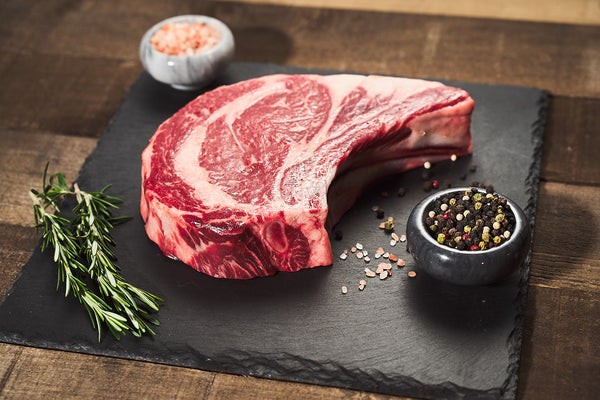
How are prime ribs and ribeyes graded?
It is important to understand that a “prime rib” does not necessarily mean that the meat is USDA graded prime beef. “Prime rib” refers to the cut, not the grade. So a “prime rib” may be USDA graded prime, choice or select.
Ribeye steaks are more straightforward. A prime ribeye steak is USDA graded prime. A choice ribeye steak is USDA graded choice.
USDA Prime grading consists of the top 2% of beef in America with considerable marbling that results in the succulent flavoring and tenderness. The extra fat in the Prime grading makes all the difference in tenderness and juiciness that just can't be found in USDA Choice or Select steaks.
Mr. Steak explains difference between prime and choice.
Prime Rib Vs. Ribeye – What About Flavor?
Since prime ribs and ribeye steaks come from the same primal cut of beef, the difference in their flavors comes from the way they are cooked. Prime ribs are seared and then roasted slowly under low heat, making them more tender, while ribeyes are grilled quickly over high heat, making them more charred. The bone-in ribeye and prime rib both offer extra flavor to the meat closest to the rib bone.
Ribeye Vs Prime Rib – What Else Do I need to know?
The "rib eye" term is a result of two factors. The "rib" comes from the rib section of the cow and the beef rib bones that the meat is cut from. The "eye" comes from the center or middle section of the cow and primal cut it comes from, with the center being the most marbled and best tasting portion.
The ribeye cut also contains the incredibly delicious “rib cap,” or Spinalis Dorsi, which Mr. Steak uses for his famous Mr. Steak’s Steak Dog, which is a Chicago style hot dog that substitutes a hot dog for the rib cap and raw onions for sauteed onions.
The term rib steak refers to the bone-in ribeye, and even cowboy or tomahawk, whereas the ribeye steak can encompass both boneless and bone-in.


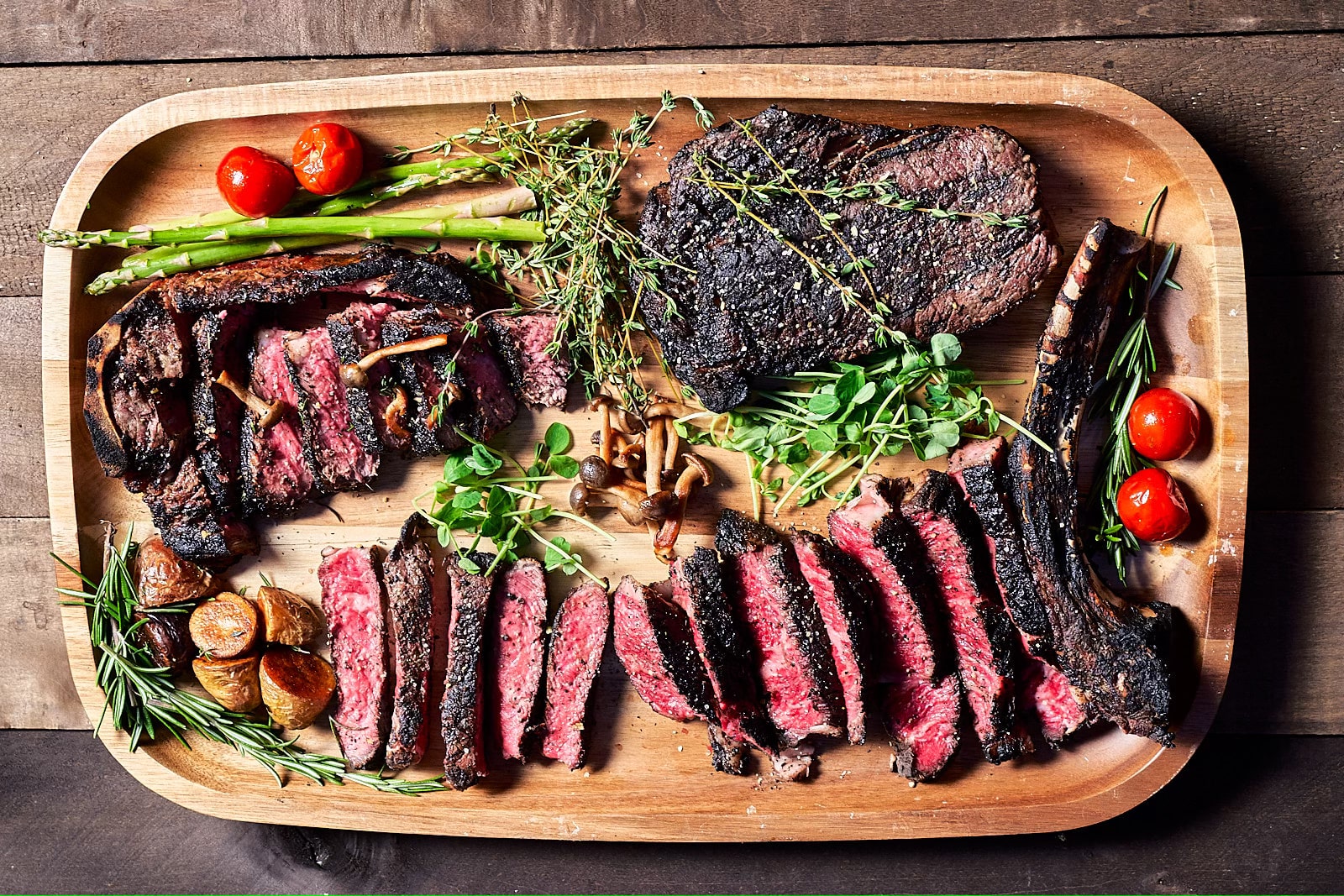
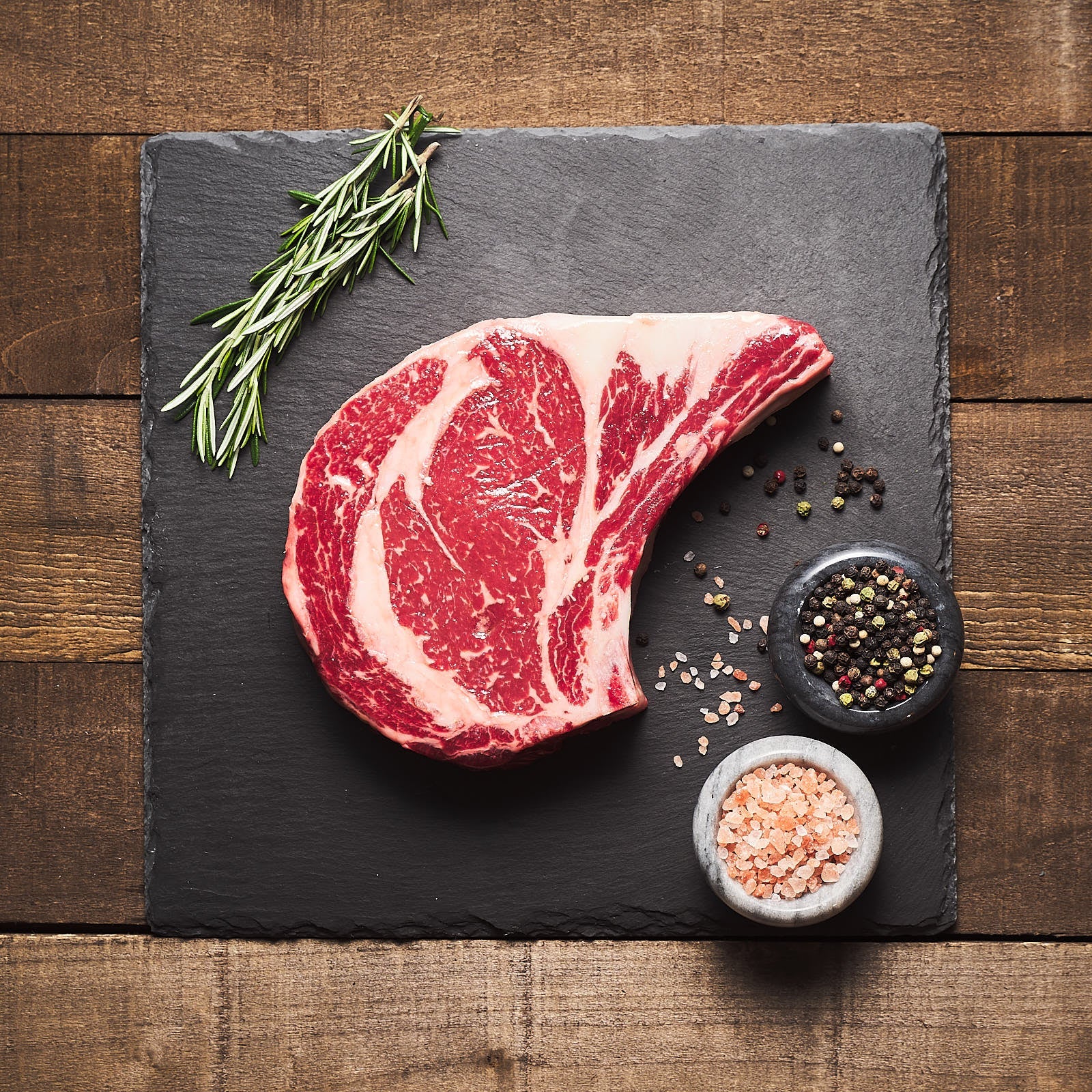
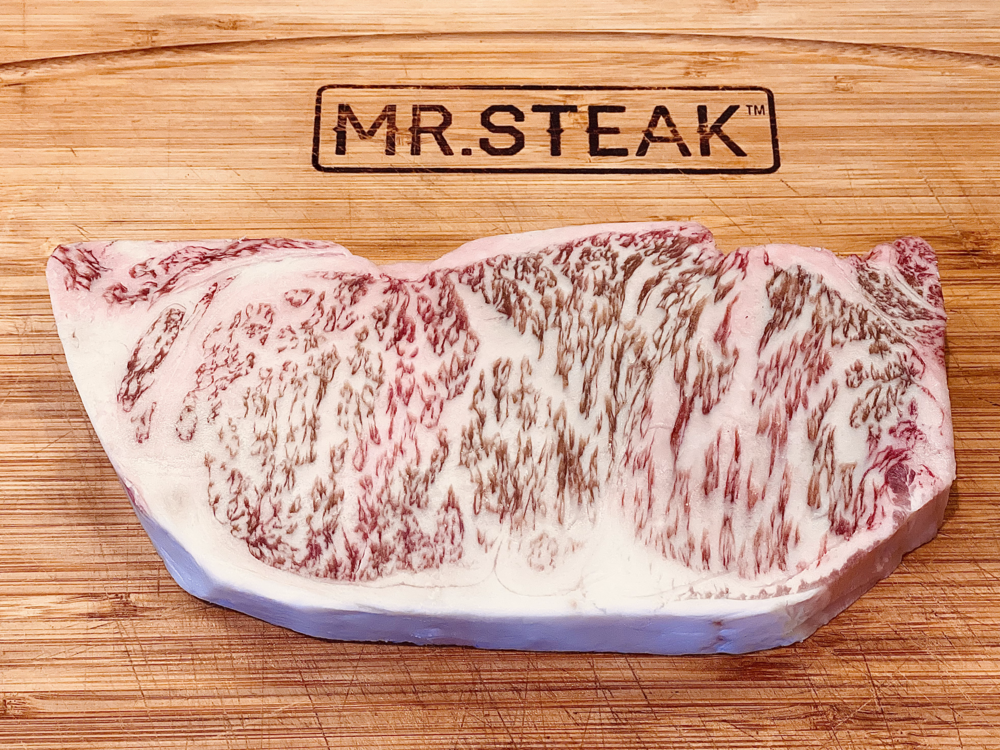
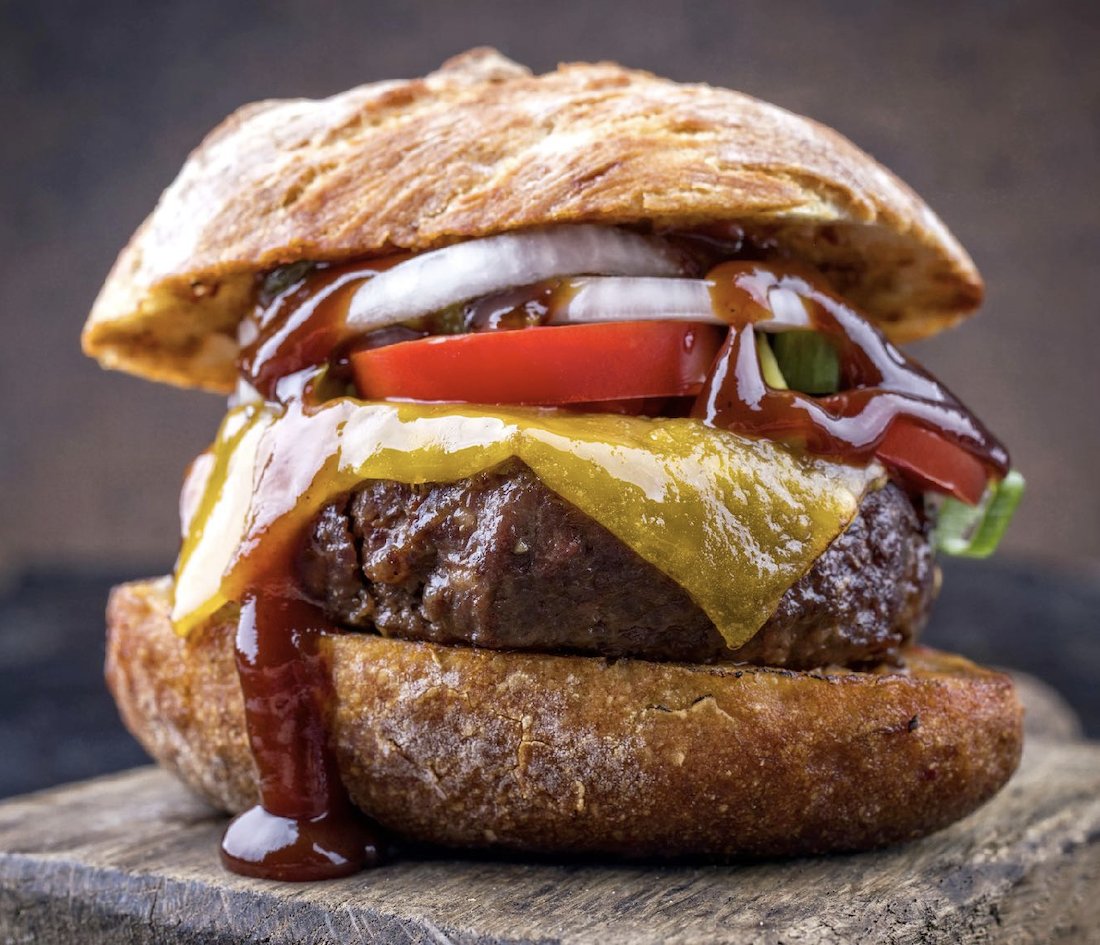

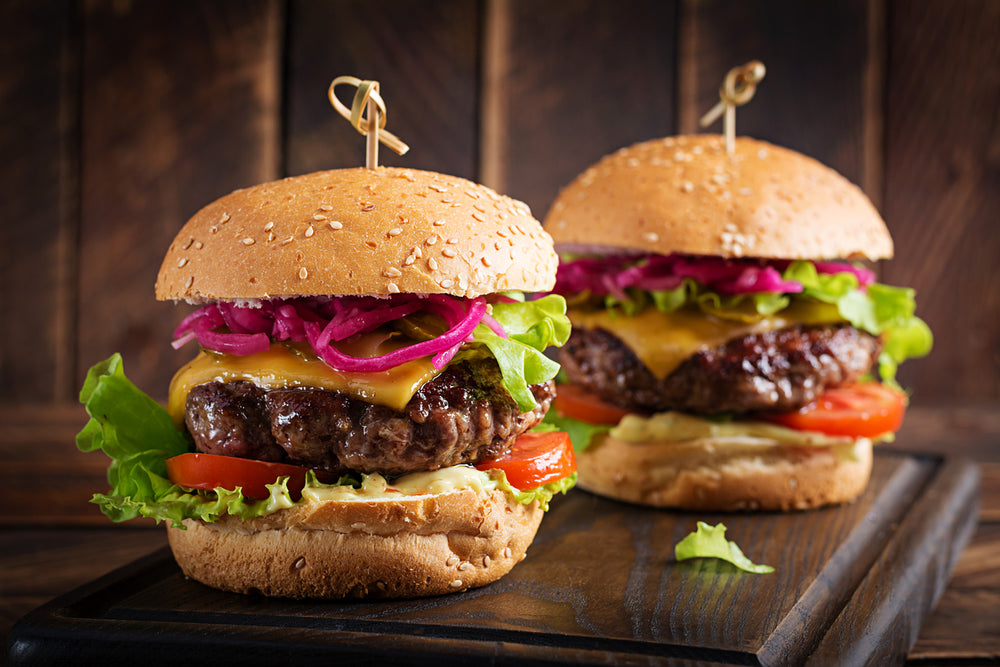
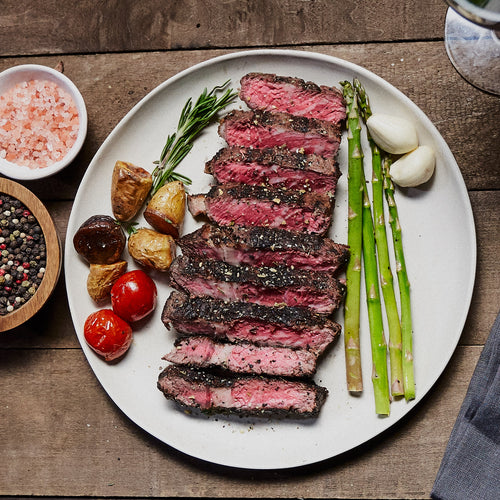
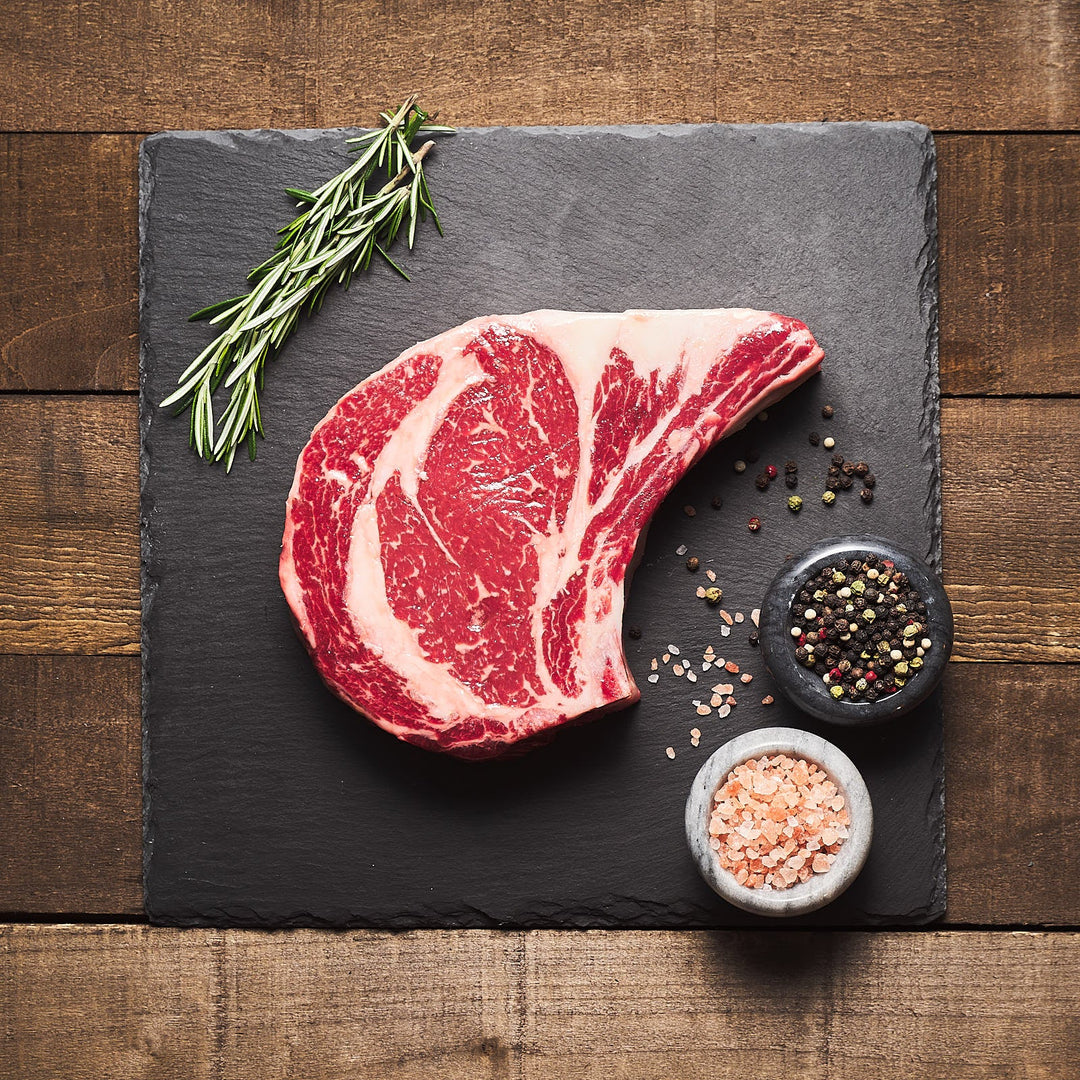
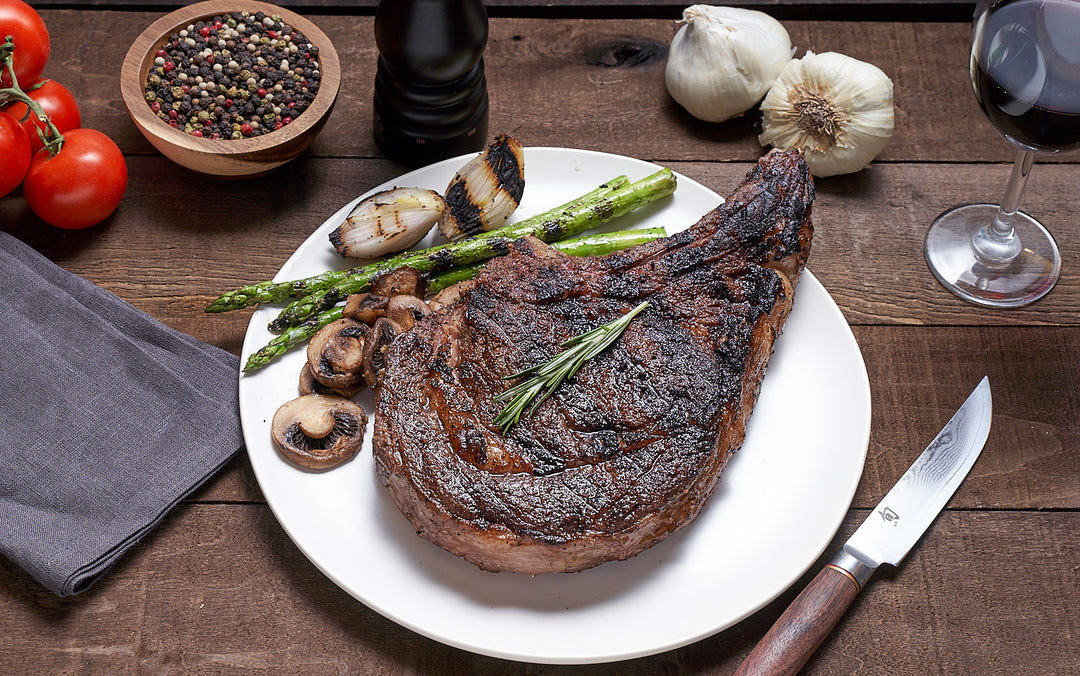
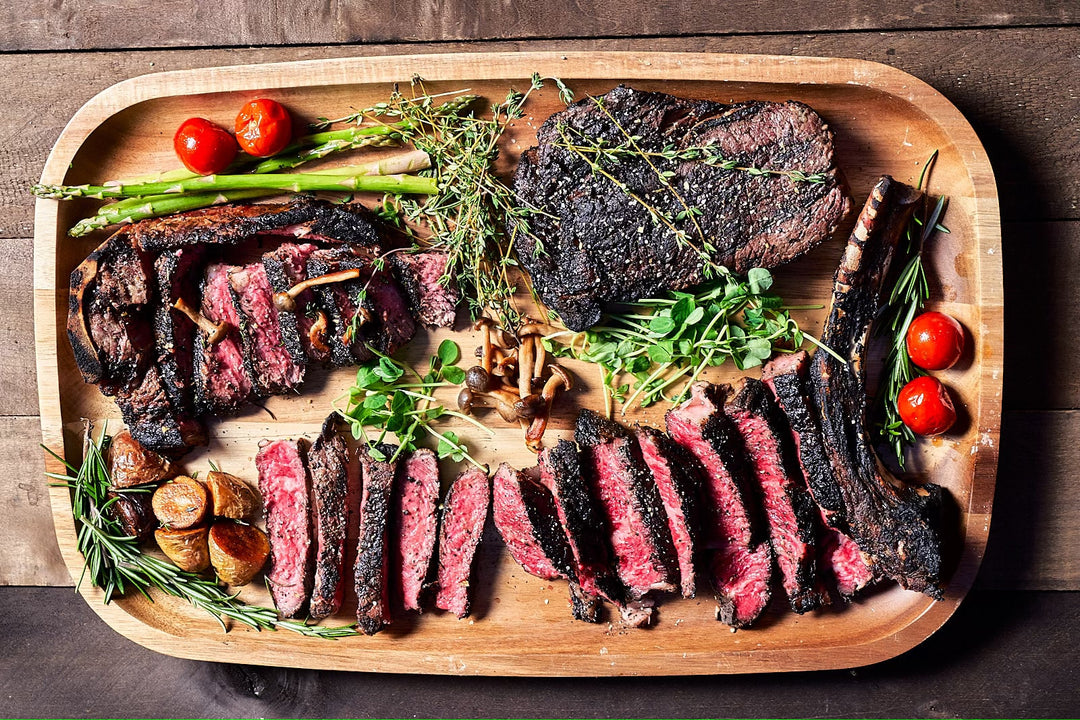
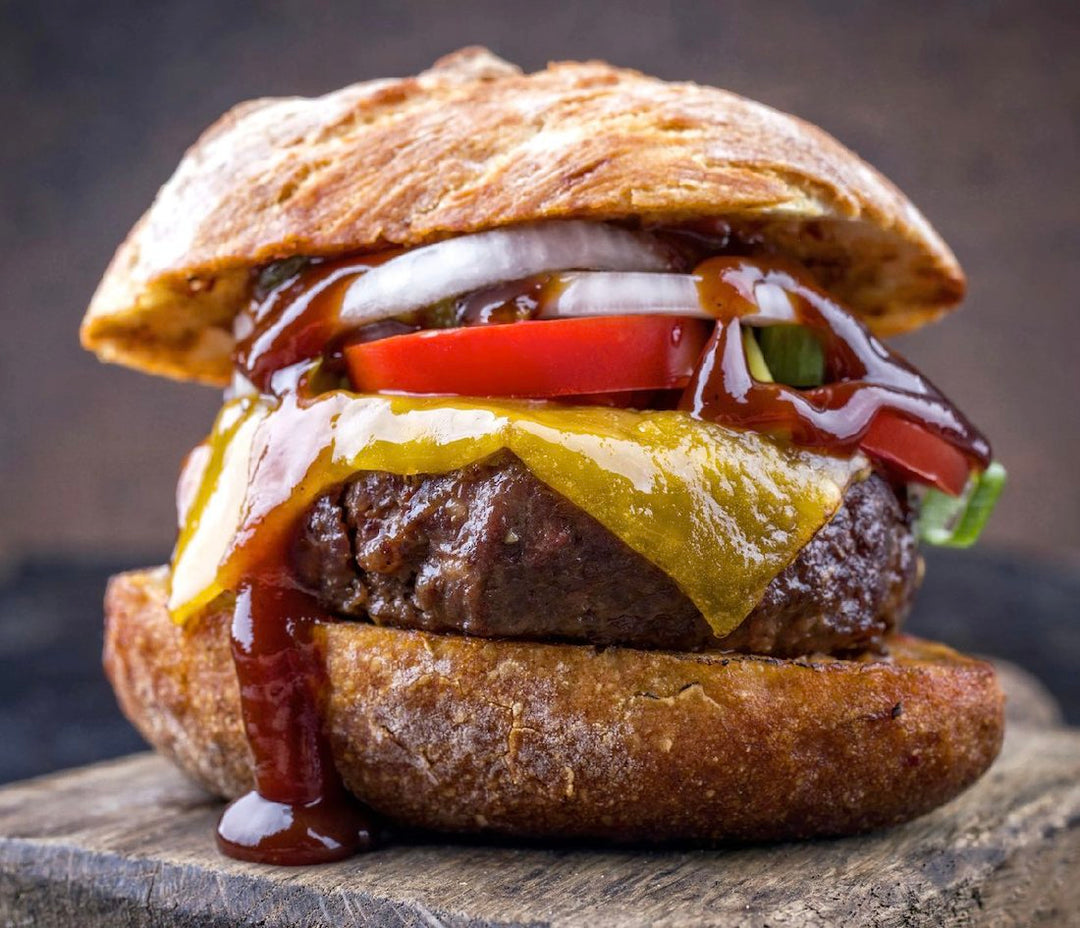


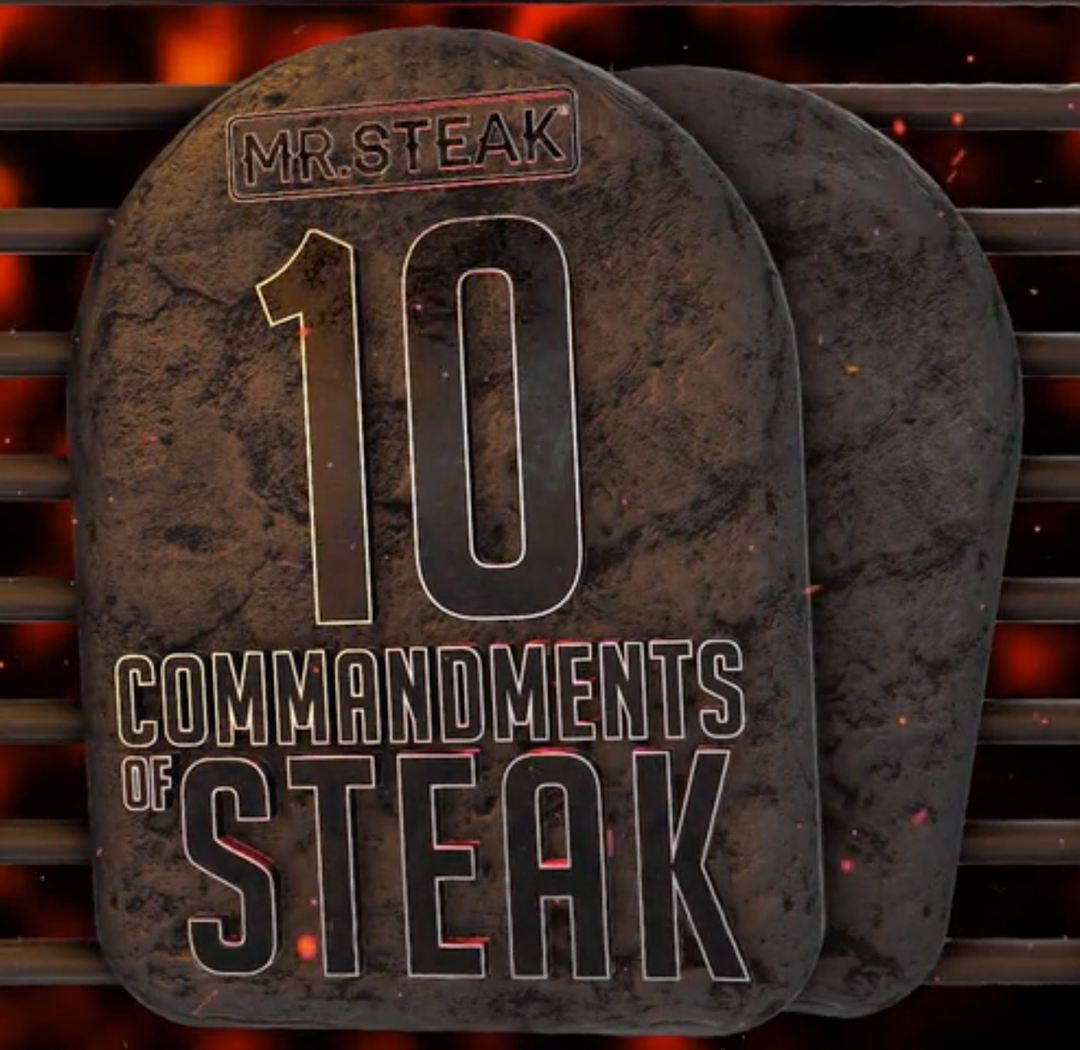
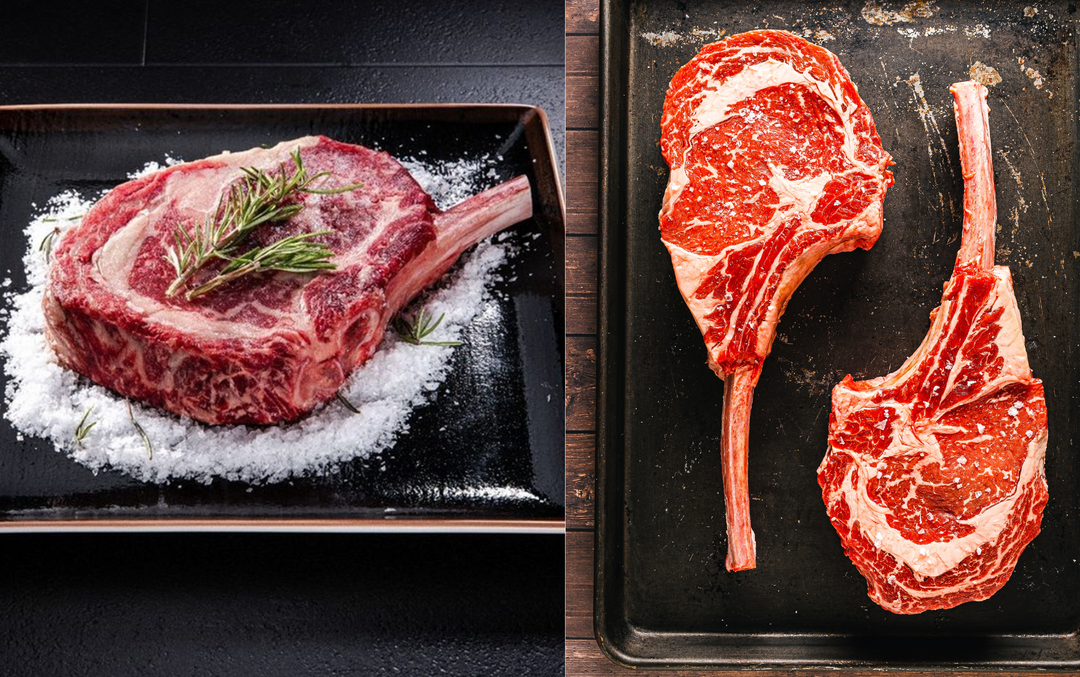
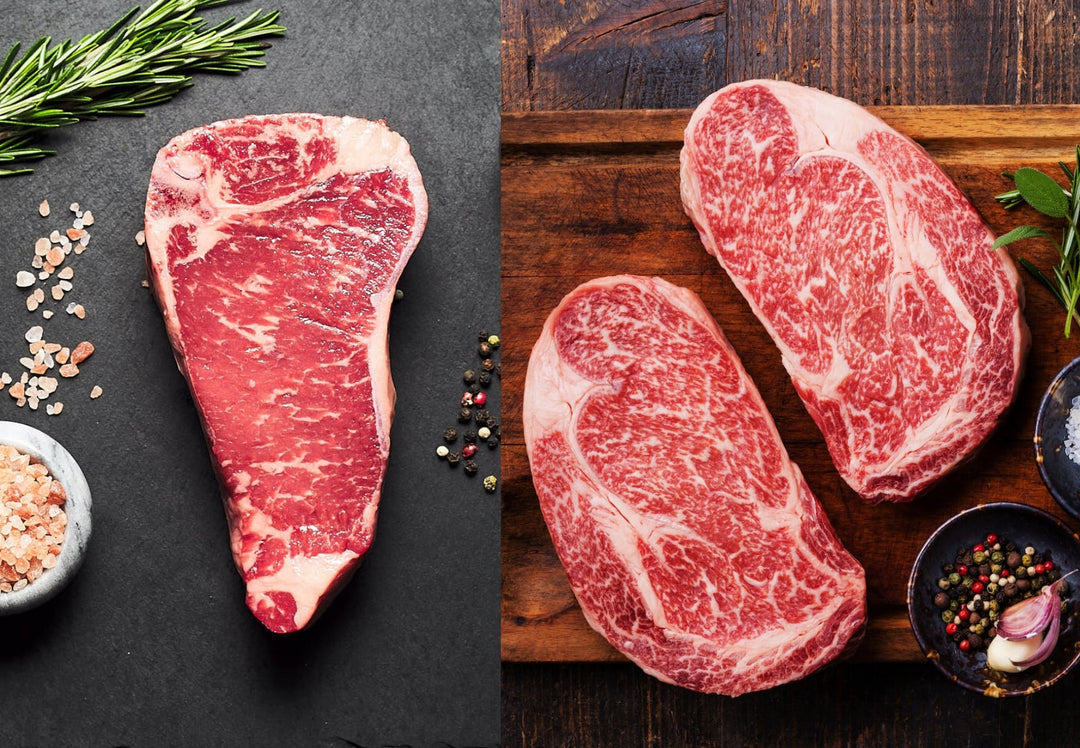
Leave a comment